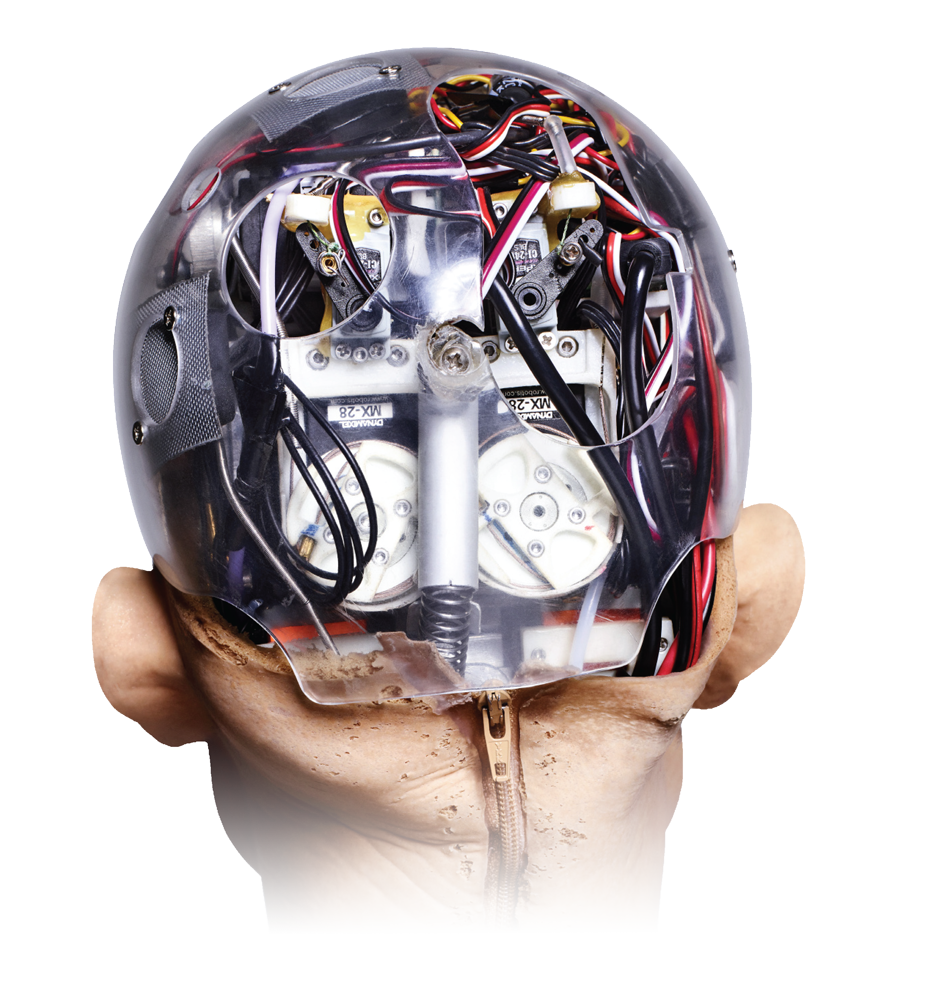
Sophia: The Future of Humanoid Interaction and Integration
By Sophia Chen
Sophia, the humanoid robot, symbolizes our evolving relationship with technology. As humanoids become more integrated into daily life, questions about their impact and future roles intensify.
Sophia, the humanoid robot, symbolizes our evolving relationship with technology. As humanoids become more integrated into daily life, questions about their impact and future roles intensify.
Developed by Hanson Robotics, Sophia recently marked a milestone in human-robot interactions by participating in various social and educational settings. As humanoids like Sophia become increasingly sophisticated, they prompt significant questions about their potential societal roles, ethical considerations, and technological advancements. This article examines the complexities surrounding humanoid robots, based on current technology, and explores potential applications and challenges as they become integral to society.
The Sophia Phenomenon
The Sophia Phenomenon
Sophia, designed by Hanson Robotics, gained international attention as a social humanoid robot capable of realistic interaction through artificial intelligence (AI) and expressive facial animations. Launched in 2016, Sophia has been involved in numerous media appearances and public engagements, solidifying its status as a pioneer among humanoid robots.
Technological Foundations and Challenges
Sophia's design enables human-like conversations, integrating AI systems that allow it to express a range of emotions. Beyond entertainment and education, this ability extends Sophia's applications to mental health, elderly care, and customer service. However, as humanoids like Sophia enter these sensitive areas, critical analyses of safety, reliability, and ethical use become essential.
Technological Foundations and Challenges
Societal Impact and Ethical Considerations
Sophia's technology relies on advanced AI algorithms and mechanical design, allowing nuanced movements and interaction capabilities. The robot's AI is continually learning, refining its conversational and emotional responses to mimic human interactions more effectively over time.
However, the journey faces technical challenges. Ensuring safety and reliability is crucial, requiring robust systems to prevent failures in real-world settings. As humanoids are tasked with complex duties, developing intuitive human-computer interaction mechanisms is vital. Research highlights the importance of addressing these technological gaps, proving that the journey is as significant as the achievements.
Societal Impact and Ethical Considerations
Real-World Applications and Future Roadmaps
As Sophia and similar robots become staples in public and private spheres, the societal implications are profound. From replacing routine tasks in workplaces to serving as companions at home, humanoid robots promise significant changes in our living dynamics.
Nonetheless, ethical considerations are important. The debate over job displacement, privacy, and autonomy continues. Concerns about human-like robots operating in personal spaces, managing sensitive data, and making autonomous decisions prompt regulatory bodies to consider frameworks that ensure ethical deployment while maximizing societal benefits.
Engagement from experts across technology, ethics, and law is vital in navigating these challenges.
By the numbers
- Global Humanoid Robot Market Size: $3.9 billion, 2021 — Statista
- Projected Market Size of Humanoid Robots: $16.3 billion, 2029 — Fortune Business Insights
- Sophia’s AI Processing: 2,000 teraflops per second, ongoing — Hanson Robotics
What's next
The next pivotal moment for humanoid robots like Sophia is their anticipated roles in industries such as healthcare and education, as these sectors continue to explore the potential integration of advanced humanoid technologies.
> "If we get it right, humanoids like Sophia can offer invaluable assistance and companionship," said David Hanson, founder of Hanson Robotics.
Real-World Applications and Future Roadmaps
Sources
- Hanson Robotics — Hanson Robotics Official Website (2023-01-01)
- Statista — Global Humanoid Robot Market Size 2021-2029 (2021-09-30)
- Fortune Business Insights — Humanoid Robot Market Size, Share & Trends Analysis Report by Hardware, by Application, by Region, and Segment Forecasts, 2021-2029 (2022-12-01)